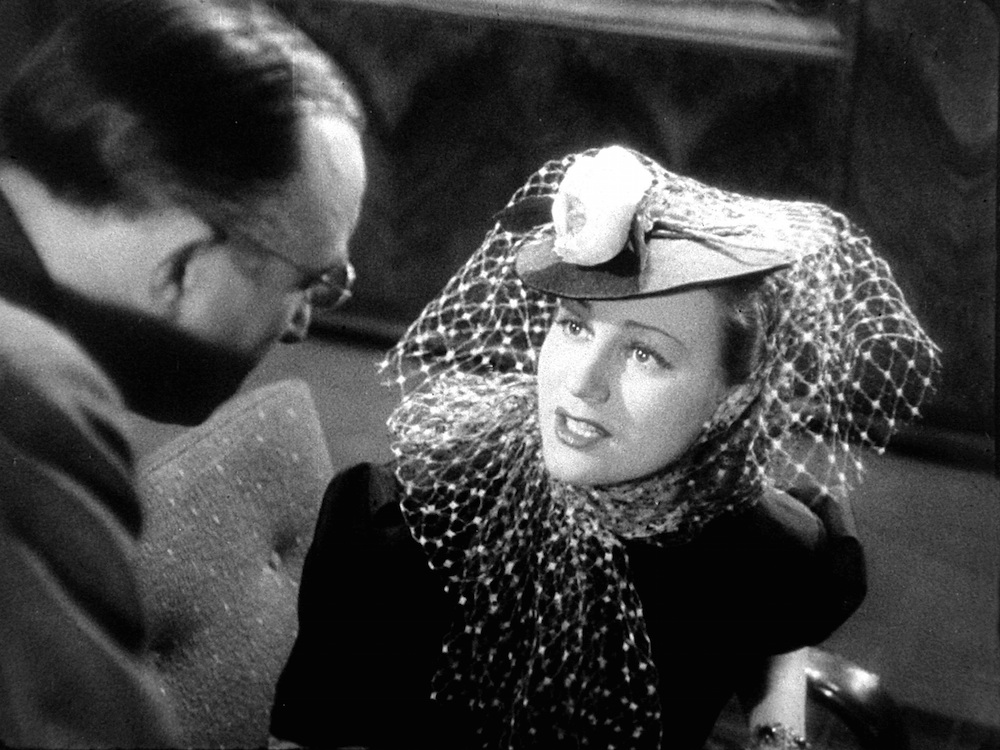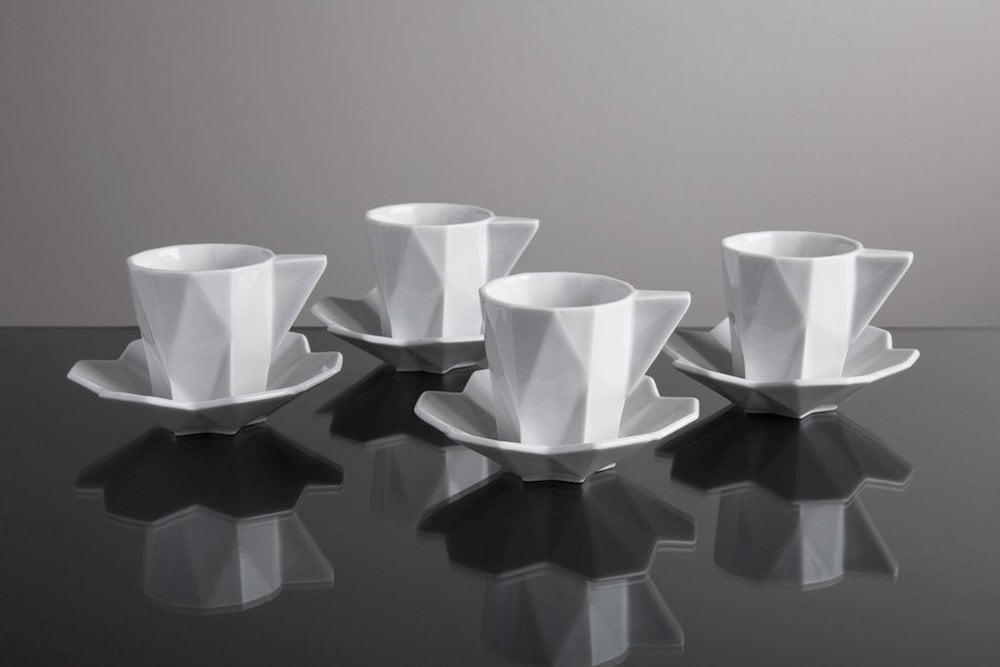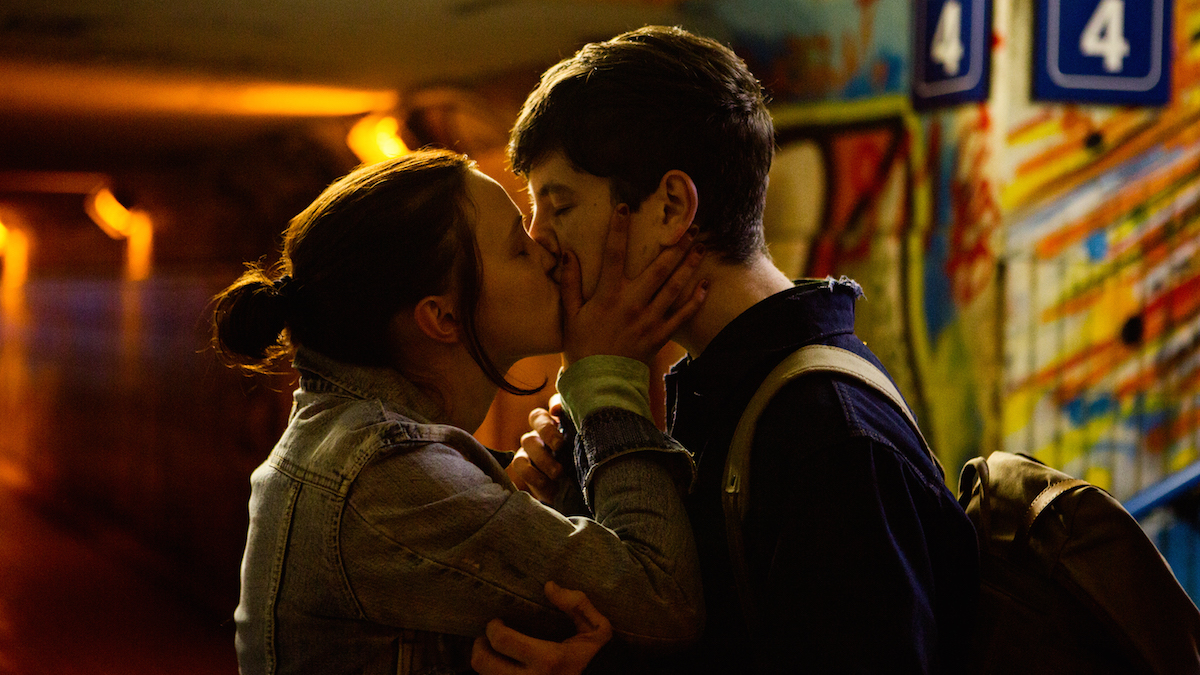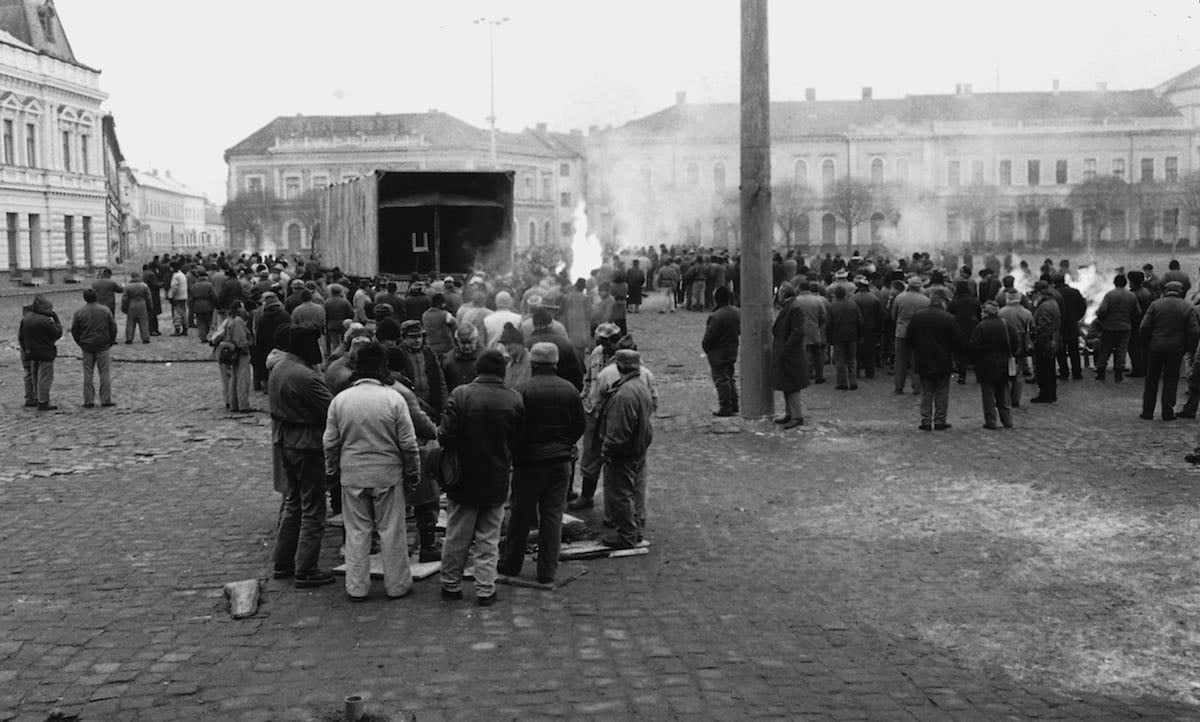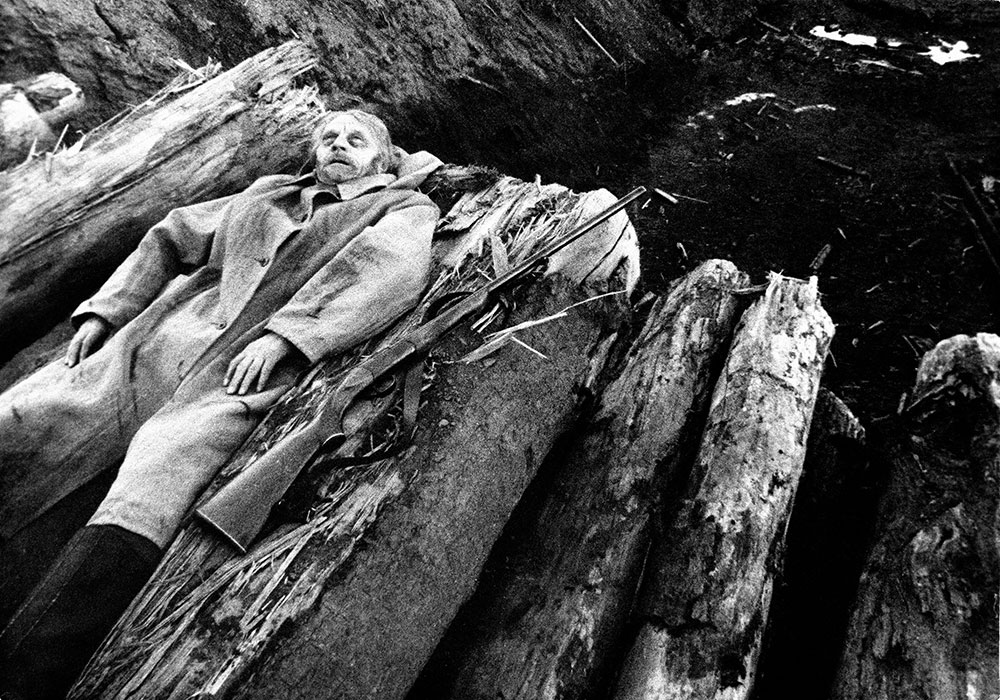Czech cinema: the spectacular, seductive films that inspired the New Wave
Czech cinema is known for producing such auteurs as Miloš Forman and Ivan Passer, who heralded a major movement that began in 1963 and lasted until the end of the Prague Spring reforms of 1968. Yet, as a recent exhibit at New York’s MoMA revealed, there's more to Czech cinema than the New Wave
In film history, the New Wave shines like a beacon in the night for Czech cinema. When one thinks of Czech cinema, one thinks of the New Wave, and all the filmmakers associated with it — Miloš Forman, Věra Chytilová, Jan Němec, Jiří Menzel, and more. However, there is more to Czech cinema than the New Wave. Following Anthology Film Archives’ showcase in 1990 and Brooklyn Academy of Music’s retrospective in 2006 of early 20th century Czech cinema, the Museum of Modern Art recently programmed another iteration of the series for a new generation of New York cinephiles. Ecstasy and Irony: Czech Cinema, 1927-1943 highlights 14 films made before or during the Second World War. The works in the series demonstrate the depth and breadth of Czech cinema.
Historically, Czechoslovakia has always valued culture as a national identity. So, it’s no wonder Czechs elected the playwright Václav Havel as their first post-Communist president, an appointment that sadly, nowadays, seems unheard of in the West. In the early 20th century, Czechoslovakia had a sophisticated cinema on par with France. With a popular and avant-garde tendency, both often blurring together, Czech cinema thrived. As scholar Peter Hames notes, native avant-garde movements, like Devětsil (Nine Strengths), as well as the pan-European movements of Expressionism, Surrealism, and realism nourished Czech cinema. Key players like Toyen, Vítězslav Nezval, and Karel Teige associated with these developments went on to work directly or indirectly on these films.
On display in MoMA’s program are films with a variety of form and subject matter and include: actor-director Hugo Haas’ adaption of a Karel Čapek play, the archly anti-fascist sci-fi film, The White Disease (1937); Karl Anton’s Tonka of the Gallows (1930) and Přemysl Pražský’s Battalion (1927), both of which were influenced by realism, particularly of the G B Pabst and the Neue Sachlichkeit variety seen in Germany; and the fragmenting and linguistic explorations of Vladislav Vančura’s Before Graduation (1932) and On the Sunny Side (1933). However, by calling it Ecstasy and Irony, MoMA’s program emphasises filmmaker Gustav Machatý’s importance, as well as the role of comedy in Czech cinema.
Machatý directed a stint of distinctive, lush, and erotically charged films
For Machatý, movies and life blended together. At age 17, he worked as a film pianist. At 18, Machatý directed his first film, Teddy Wants to Smoke (1919). He then went to Hollywood, allegedly assisting D W Griffith and Eric von Stroheim. The time and energy spent with, in, and at the cinema is evident in the type of films he made. Back in Czechoslovakia, Machatý directed a stint of distinctive, lush, and erotically charged films. In his late-period silent film, Erotikon (1929), a country girl (Ita Rina) falls for a stranger (Olaf Fjord) who, stranded on a rainy night, shows up seeking shelter at her father’s house. Machatý shoots their mutual attraction in a series of close-ups in which they lock eyes. They proceed to have sex, and in one of several surprising scenes in Machatý’s oeuvre, and especially for this era, Fjord clearly goes down on Rina as Machatý films her face in close-up, eyes closed in rapture. Afterwards, Machatý becomes too slavish to plotting. What follows is convoluted; Rina dashes off to Prague to find Fjord after their one-night stand, but winds up wedding another man instead. More than anything else, in its select moments of air-thickening lust, Erotikon plays like the blueprint for Machatý’s Ecstasy (1933).
Sensual and symbolic, Ecstasy is the film Machatý’s known for because 19-year-old Hedy Lamarr (known still as Hedy Kiesler here) appears nude briefly and has a scene where her character has an orgasm. Keeping dialogue to a minimum (it’s virtually a silent film), Machatý maximises atmosphere in this luxuriant film. Where Erotikon’s potency diminishes because of its thorny plotting, Machatý keeps it simple: on the night of her honeymoon, Eva (Lamarr) knows her marriage to an older, cold, indifferent man (Zvonimir Rogoz) isn’t right. She seeks shelter at her father’s country home, where she skinny dips in a nearby lake that’s filmed as an act of liberation. There, she meets and falls in love with an engineer, Adam (Aribert Mog).
As fascism loomed with the rise of the Nazi party, more and more Czech filmmakers became overtly political
Lensing the film, Jan Stallich gives Ecstasy a paradisiacal and dreamy look that culminates in a final sequence. A visualisation of František Halas’s poem, “Hymn to Work”, and recalling Sergei M Eisenstein’s The General Line (1929), it consists of a montage of shots at various angles of bare-chested men moving wheelbarrows, harrowing the land with pick-axes, and operating jackhammers. American critic Parker Tyler believed that “poetry not plot is the pith of the matter, [as] is evident from the work’s general looseness of structure . . . I fancy that, as an impressionist poem rather than a modern triangle drama . . . Ecstasy has influenced the world’s experimental film movement more than is suspected.”
As fascism loomed with the rise of the Nazi party, more and more Czech filmmakers became overtly political, most successfully, the comedic duo of Jan Werich and Jiří Voskovec. Werich and Voskovec were law students that shared a love for Mack Sennett comedies and American westerns. They opened the Liberated Theater in Prague, and then eventually made absurdist, intelligent comedies like Jindřich Honzl’s Your Money or Your Life (1932) and Martin Frič’s The World Belongs to Us (1937), that expressed justice and democratic values. The former begins with a deft Bressonian passage in which a necklace is passed from person to person before landing in Werich’s hands. He teams up with Voskovec after witnessing him pitifully attempt to hang himself from a too long and slack noose. From there, they disrupt Voskovec’s family party and elude gangsters at a museum, and in the meantime, sing an anti-capitalist ode.
Satire and observational comedy is a staple of Czech culture
In The World Belongs to Us, Werich and Voskovec take a page out of Chaplin’s book by using comedy as political allegory. The pair is caught in the middle of an authoritarian uprising led by an ex-carnie. The fascists conceal weapons in a factory that, with huge levers, cogs, and gears, seems modeled after the set in Modern Times (1936). Like Your Money or Your Life, the film is little more than protracted sketches with the thinnest connection linking them together. And like Modern Times, the Nazis suppressed the film, destroying all the prints save for an incomplete one.
Flash-forward to the 1960s, the New Wave films receive critical and international attention with their formal explorations and social commentary. Yet, the films of early Czech cinema set the stage for the New Wave, directly and indirectly influencing the movement and filmmakers. Machatý, arguably Czechoslovakia’s first auteur, kick started the lyrical cinema films that František Vláčil, Vojtěch Jasný, and others are known for. Satire and observational comedy is a staple of Czech culture. Along with Jaroslav Hašek’s picaresque book, The Good Soldier Švejk(1923), Werich and Voskovec’s films are part of the cultural DNA. Miloš Forman and Jiří Menzel both acknowledge Werich and Voskovec’s influence on their films. Unlike the French New Wave filmmakers, who were more enamored and inspired by Classical Hollywood, Czech New Wave directors embraced their national cinema. The work of Machatý, Werich and Voskovec, Martin Frič, and Vančura stand on their own, but were also the fuel for the New Wave’s imagination.
._1937._Czechoslovakia._Directed_by_Hugo_Haas._Courtesy_of_NFA.jpg)
._1927._Czechoslovakia._Directed_by_Premysl_Prazsky._Courtesy_of_NFA.jpg)
._1933._Czechoslovakia._Directed_by_Gustav_Machaty._Courtesy_of_NFA.jpg)
